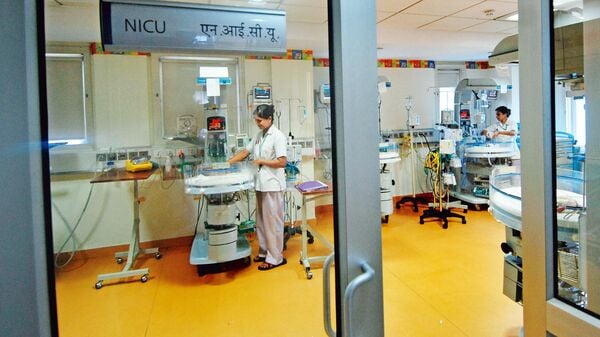The Central Government has revised the rates of around 2,000 medical procedures under the Central Government Health Scheme (CGHS). The new rates will come into effect from October 13. These changes will apply to all healthcare institutions associated with CGHS, as well as to serving employees, pensioners, and other beneficiaries for their medical reimbursement claims.
New CGHS Rates Based on Hospital Quality, Location, and Type
The revised CGHS package rates will vary depending on the hospital’s quality, location, and category.
- NABH/NABL-accredited hospitals will receive full reimbursement rates.
- Non-accredited hospitals will be paid 15% less.
- Super-speciality hospitals will get 15% higher rates due to higher treatment costs.
- Hospitals in Tier-2 cities will receive 10% lower rates, while those in Tier-3 cities will get 20% lower rates compared to metro hospitals.
Also Read-: Major Changes Coming to CGHS Health Scheme: Important Information for Government Employees
Benefits for Hospitals and Beneficiaries
The healthcare industry had long been demanding an update to the outdated reimbursement rates, which had made it difficult for private hospitals to remain associated with CGHS. The new rates are expected to benefit private hospitals, as they will receive higher payments for treating CGHS patients.
Following the announcement on October 6, shares of major healthcare companies such as Apollo Hospitals, Max Healthcare, Global Health, Narayana Health, Fortis Healthcare, and Yatharth Hospitals saw a rise of up to 6%.
Under the new policy, hospitals will need to sign fresh Memoranda of Agreement (MoA) with the CGHS Directorate within 90 days, as the existing MoAs will expire on October 13.
The government last revised consultation and treatment rates for private hospitals in 2023, when OPD consultation fees were increased from ₹150 to ₹350, and in-patient consultation fees were raised from ₹300 to ₹350.


